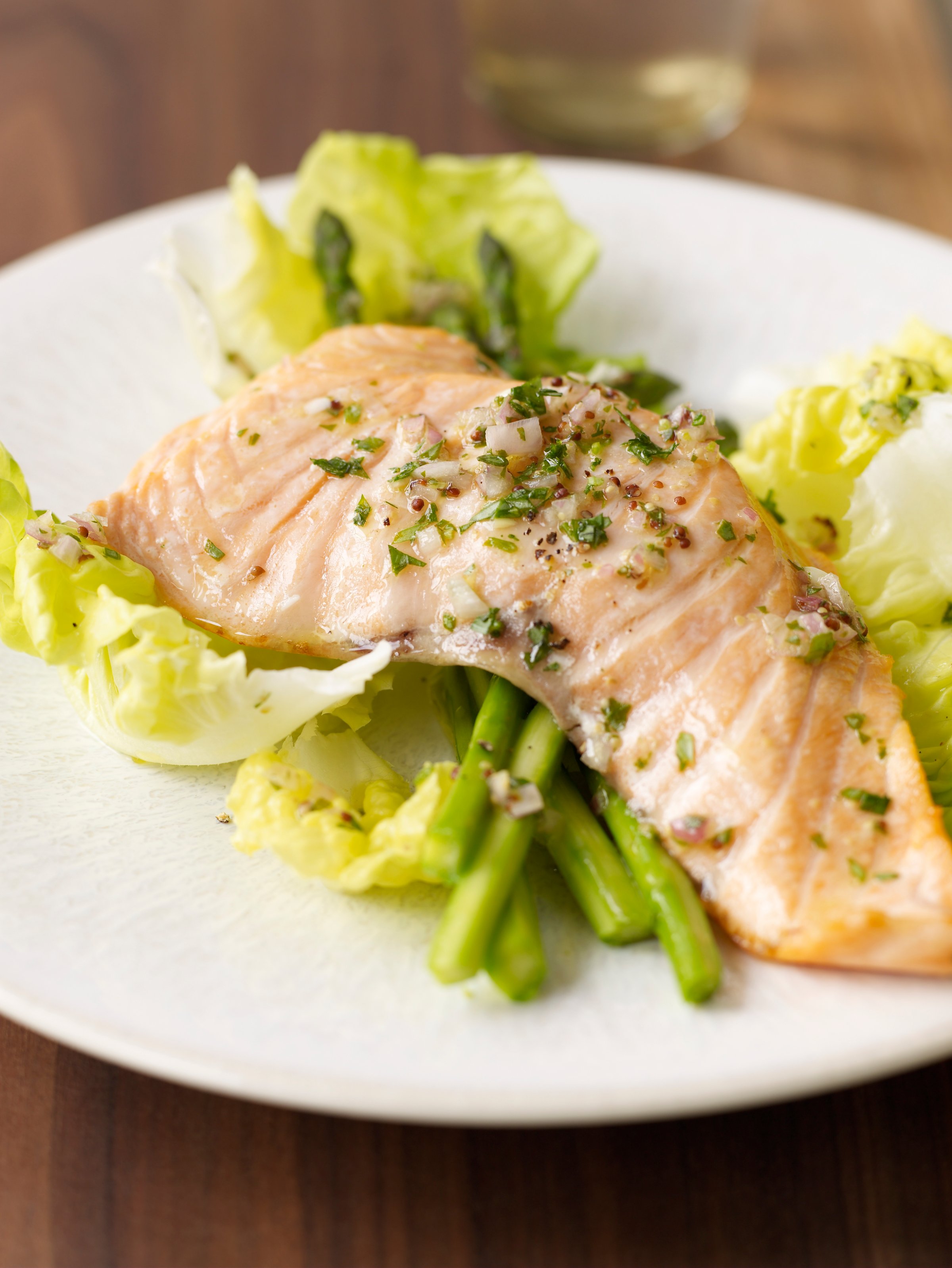
Fish: It’s one of the most confusing topics among health-conscious eaters. On one hand, it’s a great source of protein and healthy fat, and eating it has been linked to lower rates of several illnesses, including heart disease and Alzheimer’s. Then again, some types are full of mercury or other pollutants. It seems like one day we’re told to eat less fish, and the next, to eat more.
And in the last few weeks, the news gave us two more reasons to think twice about eating it at all: first, a study hinted at a link between mercury and autoimmune disorders in women. And before that, another report found that mercury contamination of yellowfin tuna (also known as ahi) is growing far faster than previously thought. So, what are we supposed to do?
Read more: 20 Things You Should Throw Away for Better Health
Keep it on the menu, but do it strategically. In general: “The rule of thumb for seafood is to mix it up. Eat it 2 to 3 times per week, but don’t eat the same type more than 2 to 3 times per month,” explains Timothy Harlan, MD, an internist and editor of Dr. Gourmet.
“With the wide variety of choices you could eat a different type of seafood—shrimp, crab, salmon, scallops, cod, trout, mussels, catfish, tuna, halibut—and not have to repeat the same seafood choice twice in a month.”
This is a helpful strategy because different types of ocean fare contain varying amounts of mercury. So while halibut falls under the “moderate” mercury level category, according to the National Resources Defense Council, eating it in the same week with a low-mercury type (like wild salmon) can help you keep your exposure the the heavy metal under control.
Spacing out intake of higher-mercury fish gives your body a chance to eliminate it before it builds up to dangerous levels. It’s a good idea to save or print the NRDC list of mercury-containing fish, so you always have it on hand.
The trickiest thing about mercury is that the amount of danger depends on so many factors: not only the type of seafood and where it came from, but also what other types of seafood you’re eating and when, plus your body weight. That’s why, if you eat a lot of seafood, it’s not a bad idea to use the NRDC’s mercury calculator to plan your meals.
Read more: 14 Types of Food That Can Make You Sick
Another option is to download the Monterey Bay Aquarium’s Seafood Watch app (free from iTunes or Google Play), which provides up-to-date guidance right from your smartphone. You can search for different types of seafood while you’re in the store or trying to decide what to order at a restaurant. The app will tell you what’s a “Best Choice,” “Good Alternative” or if you should “Avoid,” and it includes a special guide for sushi that decodes the Japanese names for different types of fish.
Finally, if you find all of this way too confusing, you can limit your options by eating only from the Monterey Bay Aquarium’s Super Green List, recommended by Health‘s contributing nutrition editor, Cynthia Sass, RD. The five choices on this list—Atlantic mackerel, certain types of salmon (freshwater coho farmed, and wild-caught from Alaska) and Pacific sardines—are guaranteed to deliver 250 milligrams of heart- and brain-healthy omega-3s without worrisome levels of mercury.
Read more: 10 Fish You Should Avoid (And Why)
More Must-Reads from TIME
- Cybersecurity Experts Are Sounding the Alarm on DOGE
- Meet the 2025 Women of the Year
- The Harsh Truth About Disability Inclusion
- Why Do More Young Adults Have Cancer?
- Colman Domingo Leads With Radical Love
- How to Get Better at Doing Things Alone
- Michelle Zauner Stares Down the Darkness
Contact us at letters@time.com